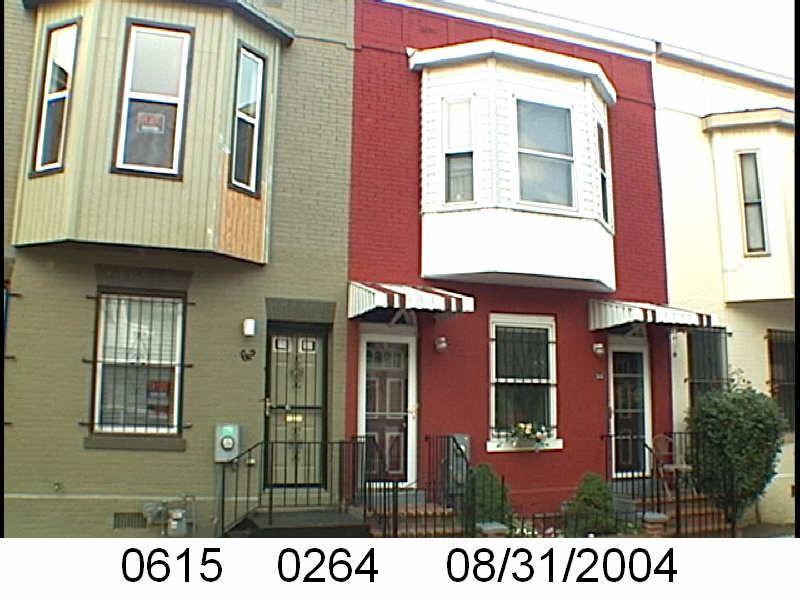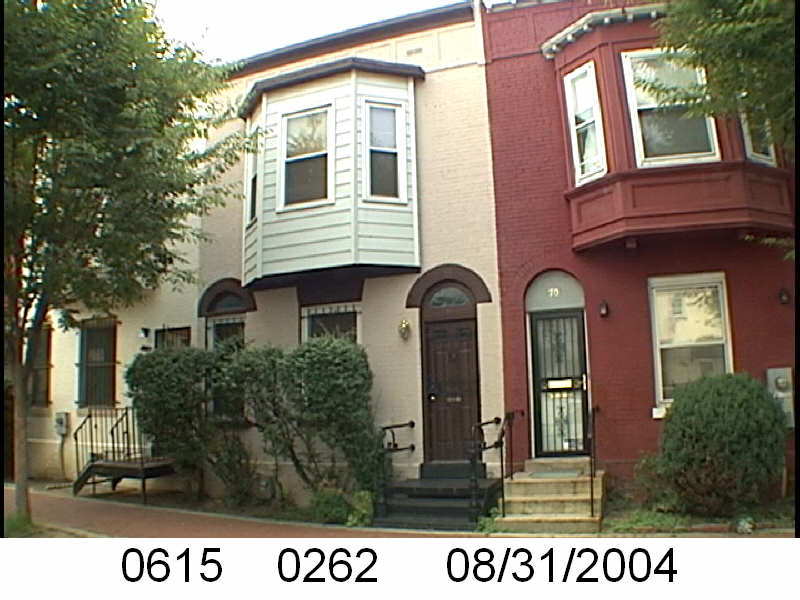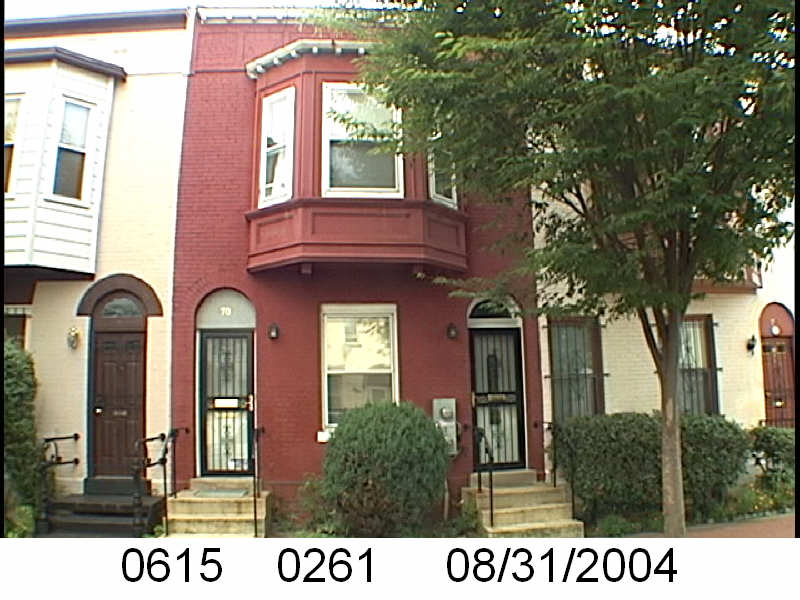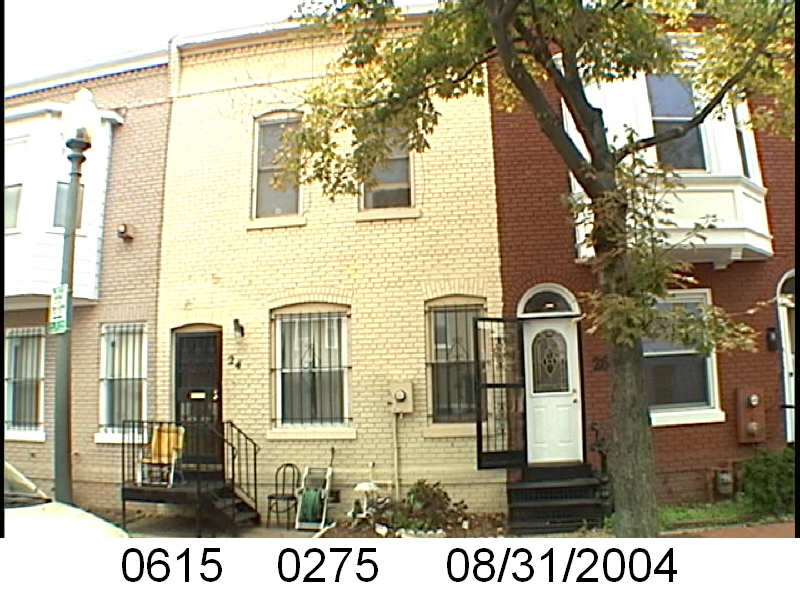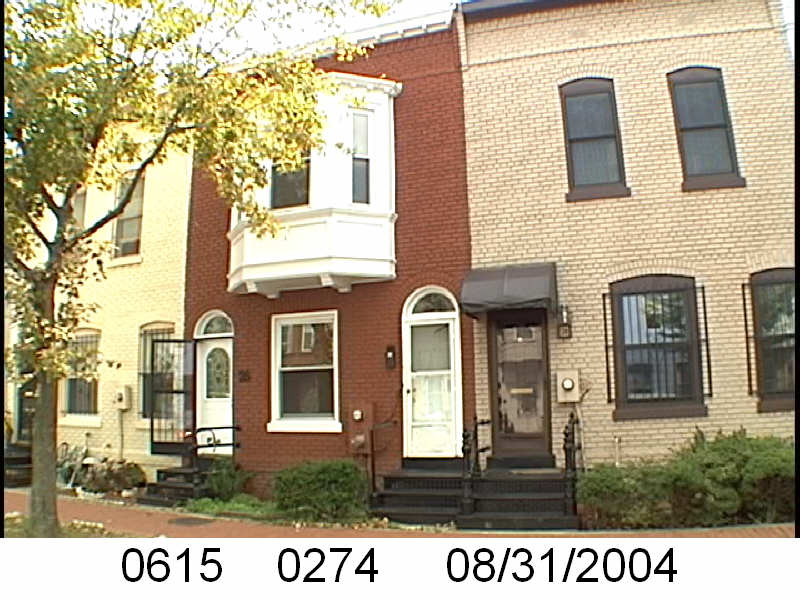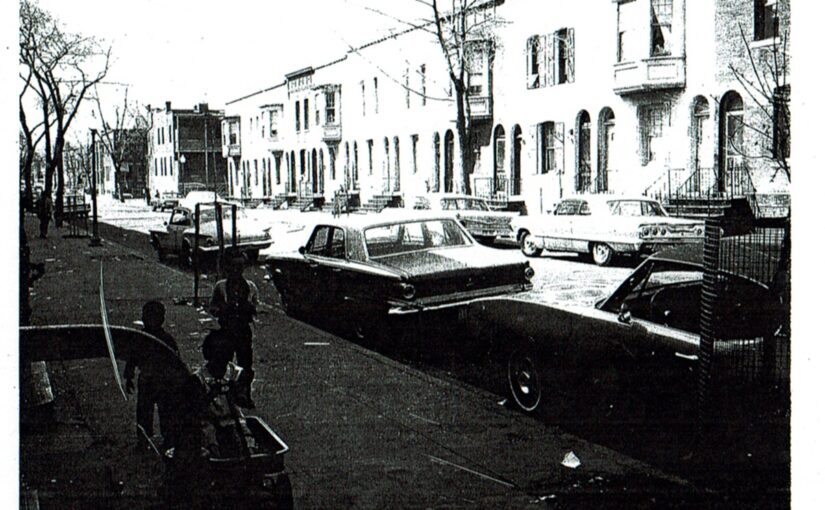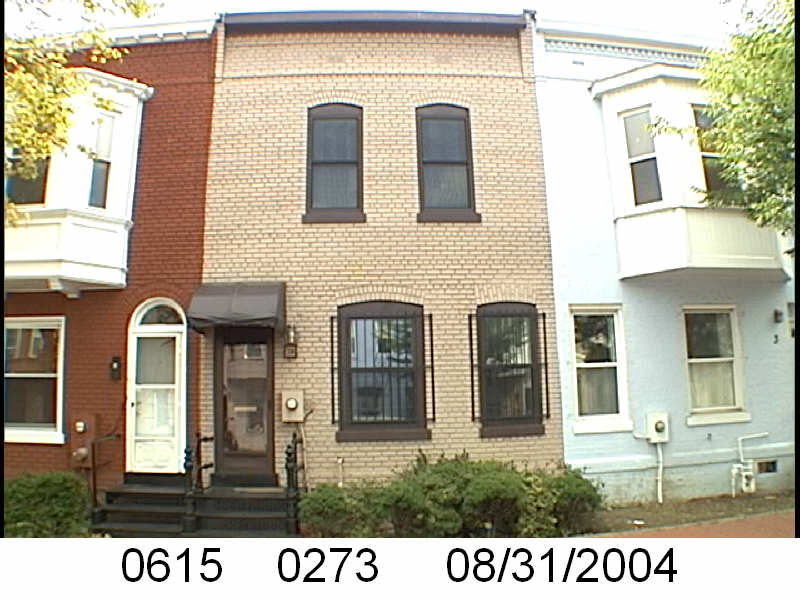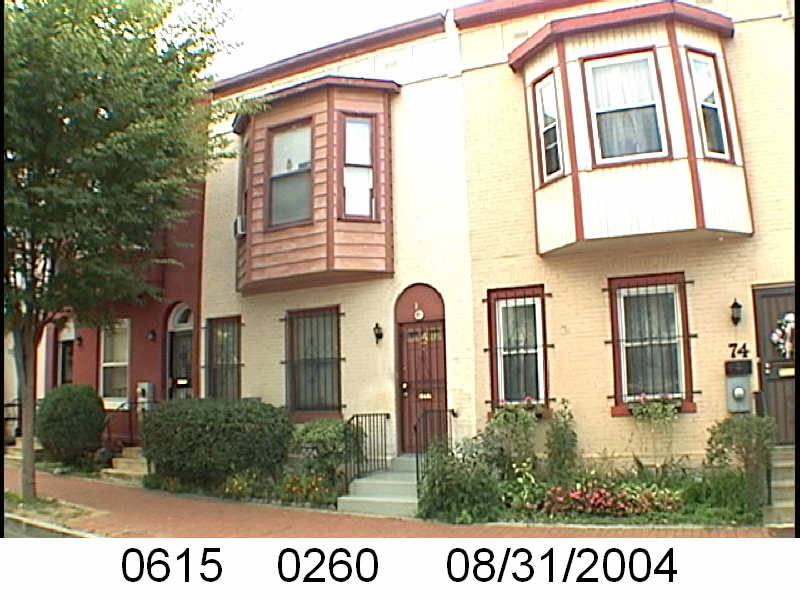In lieu of a February Black History post, WSIC continues, because it is Black History.
The Washington Sanitary Improvement Company (WSIC) was a late 19th century charitable capitalism experiment that ended in the 1950s. This blog started looking at the homes that were supposed to be sold to African American home buyers, after decades of mainly renting to white tenants.
Looking at WSIC properties they tend to have a pattern where the properties were sold to a three business partners, Nathaniel J. Taube, Nathan Levin and James B. Evans as the Colonial Investment Co. for $3 million dollars. Those partners sold to African American buyers. There was usually a foreclosure. In 1956 Nathan Levin died and Colonial Inv. Co. vice president Harry A. Badt took his place in the foreclosure paperwork. Then the property wound up in the hands of George Basiliko and or the DC Redevelopment Land Agency (RLA). Then there were the odd lucky ones who managed to avoid that fate.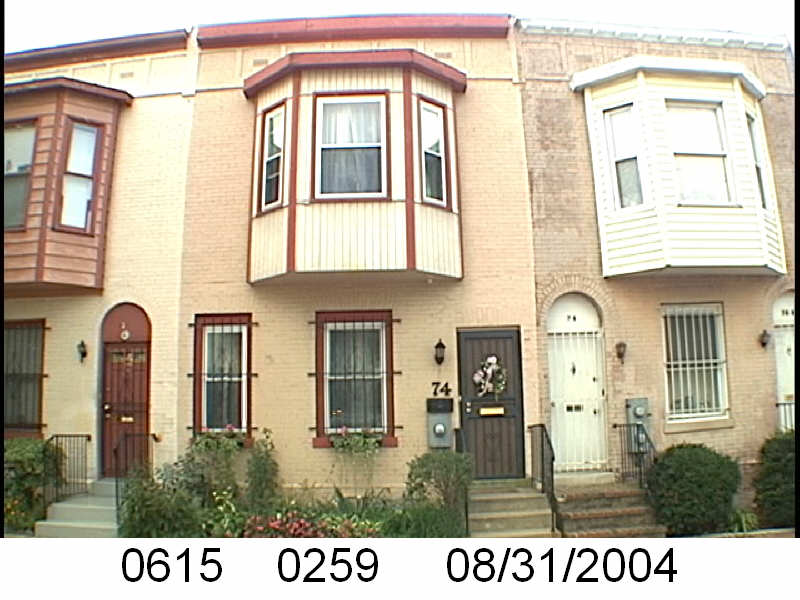
Let’s see what happens with 74 Bates St NW:
- December 1950 (recorded Jan 18, 1951) Evans, Levin and Taube sold one-half of 74 Bates St NW to Elsie R. and Ernest P. Ellis.
- December 1950 (recorded Jan 18, 1951) Mr. and Mrs. Ellis borrowed $3,025 from Colonial Investment Co. favorite trustees Abraham H. Levin and Robert G. Weightman.
- December 1950 (recorded Jan 18, 1951) Evans, Levin, and Taube sold the other half of 74 Bates St NW to Lillian Craig and Lithia Wilson.
- December 1950 Craig and Wilson borrowed $3,025 from trustees Abraham H. Levin and Robert G. Weightman.
- June 1952 Mr. and Mrs. Ellis sold their half to Joseph L. Francis.
- November 1961 Craig and Wilson were released from their mortgage.
- October 1963 Francis and his wife, Lithia Wilson, now Lithia Wilson Andrews, husband Calvin Andrews, through trustee Margaret E. Hartung put the property in the name of Lithia and Calvin Andrews.
- October 1963 the Andrews borrowed $6,000 from trustees Eugene P. Alexander and Earl M. Lapin, to pay Monarch Construction Corp.
- November 1963 the Andrews borrowed $6,000 from the Montgomery Savings Association, Inc. with trustees Peter T. and S. Thomas Stathes.
- December 1963 the Andrews sold half of 74 Bates to Joseph L. and wife Lou D. Francis.
- December 1963 the Andrews through Margaret E. Hartung sold/ transferred the property to Lithia Wilson Andrews. (It feels like there was a divorce or something.)
- January 1964 Mr. and Mrs. Ellis, and by extension Joseph Francis, were released from the December 1950 mortgage.
- August 1970 the Mr. and Mrs. Francis and the Andrews sold 74 Bates St to the DC Redevelopment Land Agency.
- June 1980 the DC RLA (doc #8000020294) transferred many properties, including 74 Bates, to the BSA Limited Partnership (Bates Street Associates). There is an associated contract (doc 8000020221) stating BSA’s responsibilities.
This was a good, but confusing. No foreclosures. No Basiliko. However, the RLA did get their hands on the property. But on the bright side, it is how we got the lovely Mary Ann Wilmer who was very involved in BACA. She bought the home from the District of Columbia after the city got it back from BSA.
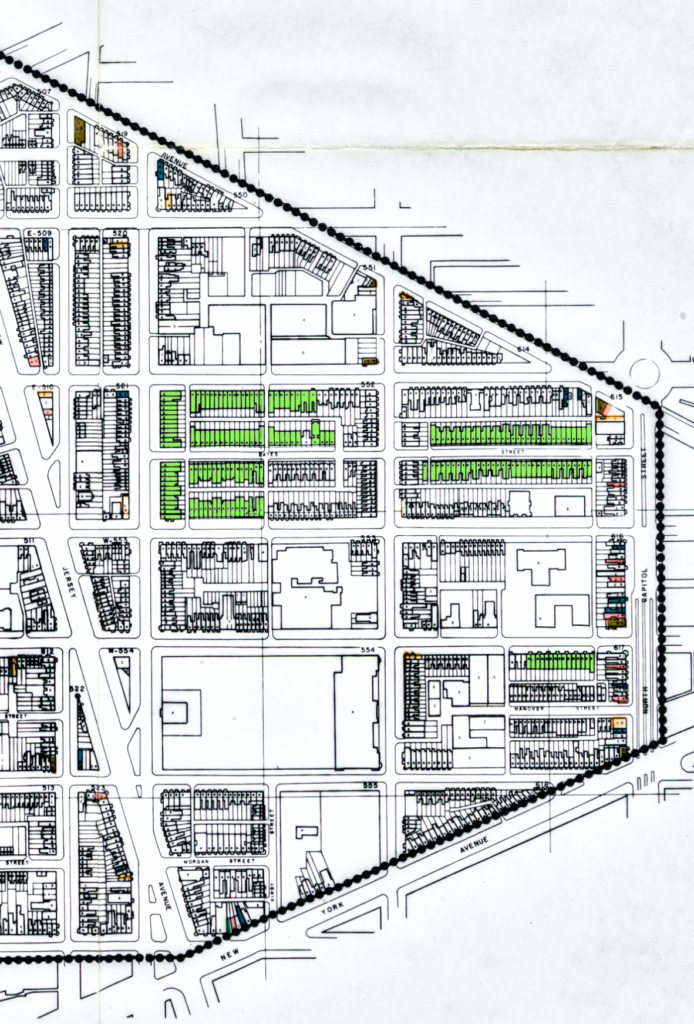 It may seem like a small number of houses, but they are in the heart of the neighborhood and give Truxton Circle one of its distinct architectural features, the 2nd floor bay window.
It may seem like a small number of houses, but they are in the heart of the neighborhood and give Truxton Circle one of its distinct architectural features, the 2nd floor bay window.
